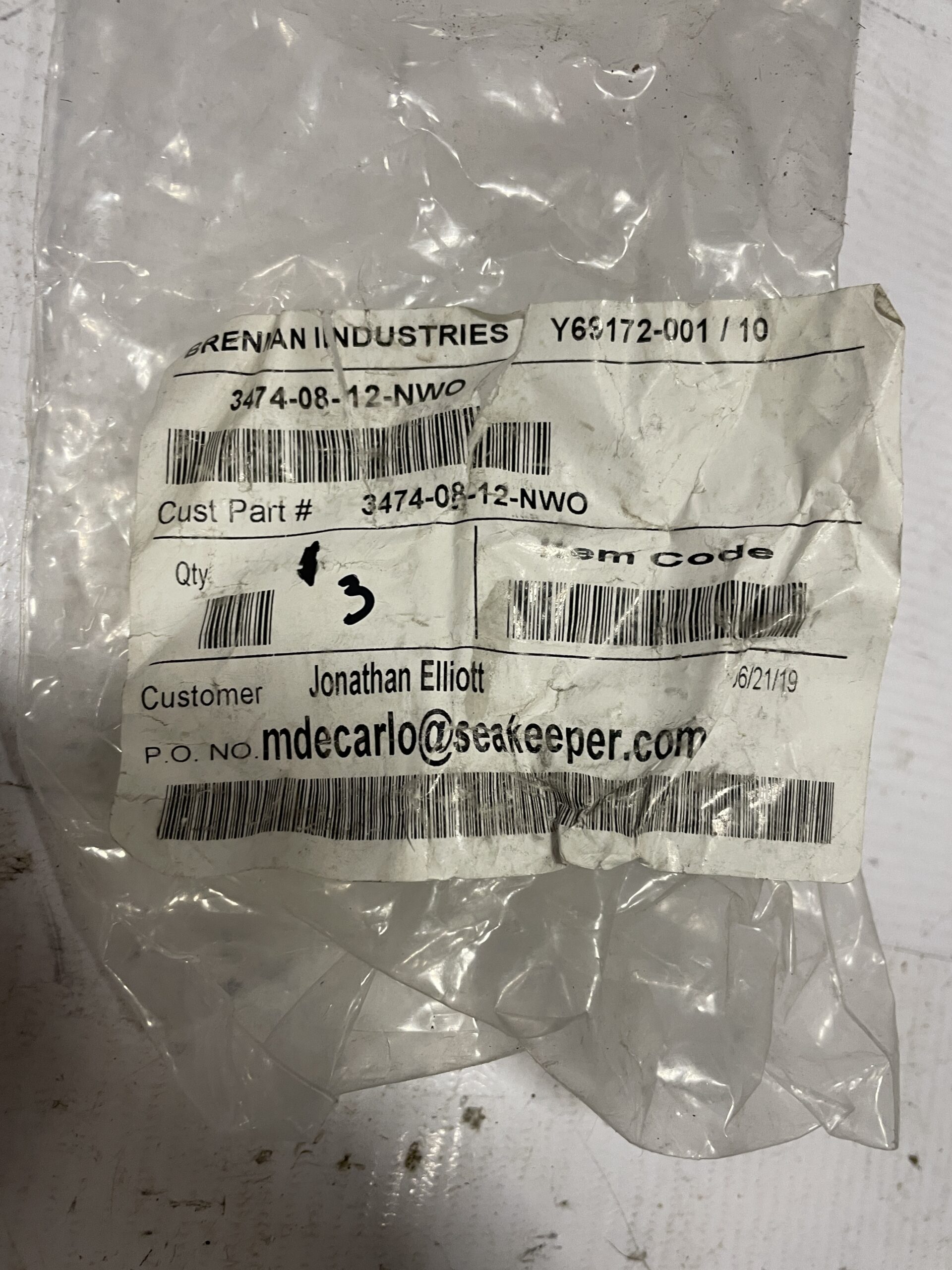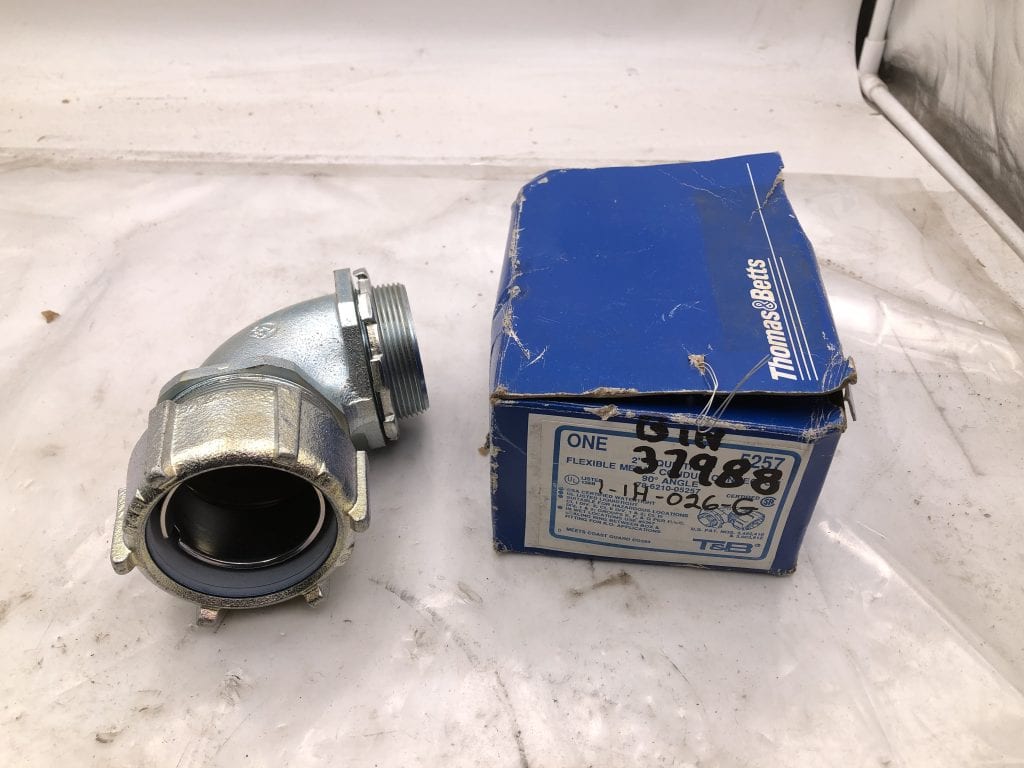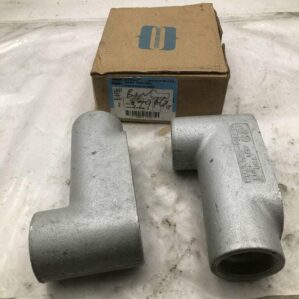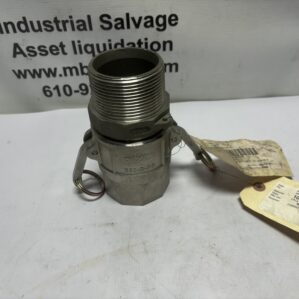A straight adapter is a type of fitting used to connect two components with different thread types, sizes, or connection styles, while maintaining a straight (linear) configuration. These adapters are commonly used in plumbing, hydraulic, pneumatic, and industrial applications.
Key Features of a Straight Adapter:
- Shape:
- A cylindrical or straight-line fitting that connects two threaded or flanged ends.
- Material:
- Commonly made of brass, stainless steel, aluminum, or plastic, depending on the application and the fluids or gases involved.
- Materials are chosen for their durability, corrosion resistance, and compatibility with the medium being transported.
- Thread Types:
- Can connect different thread standards, such as:
- NPT (National Pipe Thread): Tapered threads for tight sealing in high-pressure applications.
- BSP (British Standard Pipe): Common in European systems.
- Metric Threads: For international compatibility.
- UN/UNF (Unified Threads): For fine or coarse thread connections.
- Can connect different thread standards, such as:
- End Configurations:
- Male-to-Male: Both ends have external threads.
- Female-to-Female: Both ends have internal threads.
- Male-to-Female: One end has external threads, and the other has internal threads.
- Sizes:
- Available in a wide range of sizes to suit various pipe diameters and thread standards.
- Applications:
- Hydraulics: For joining hydraulic lines and components.
- Pneumatics: Used in air compressors and systems.
- Plumbing: Connects pipes, hoses, or fixtures in water systems.
- Industrial Systems: Combines components in manufacturing equipment.
- Special Features:
- Some straight adapters include sealing mechanisms, such as O-rings or washers, for leak-proof connections.
- High-pressure and high-temperature variants are available for demanding applications.









Reviews
There are no reviews yet.